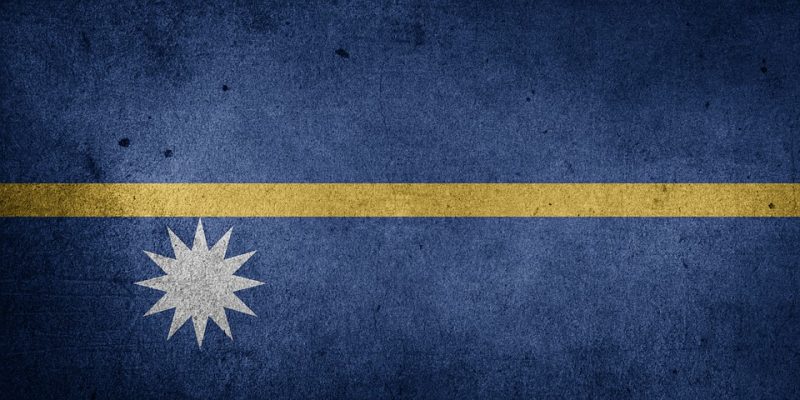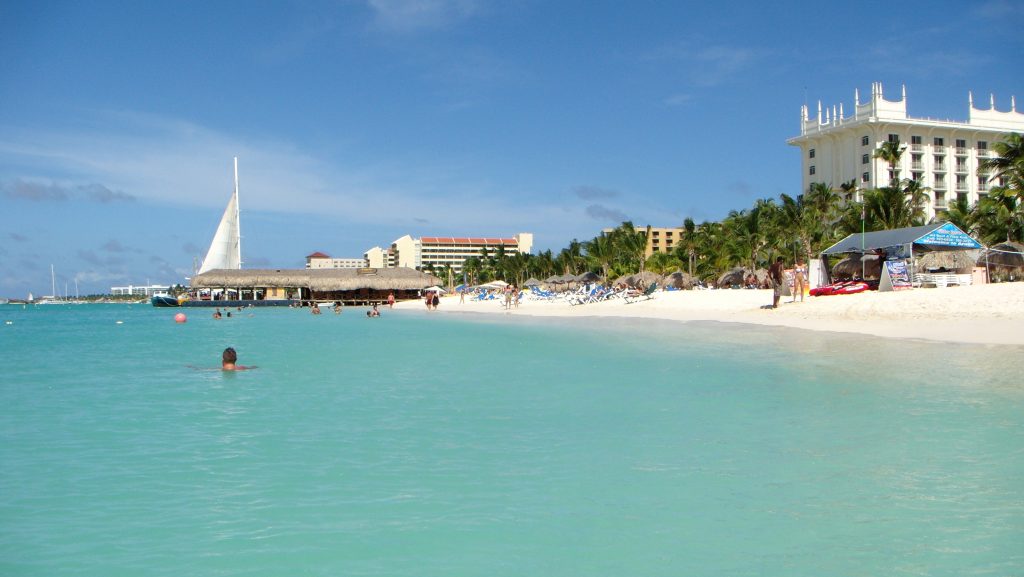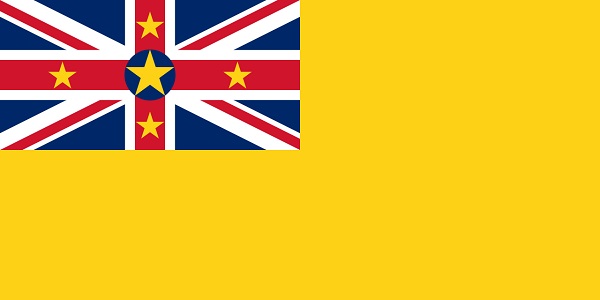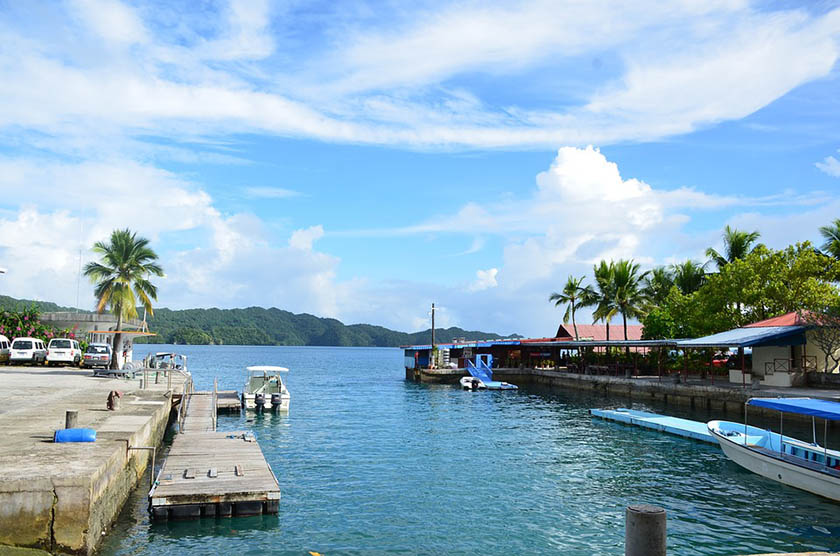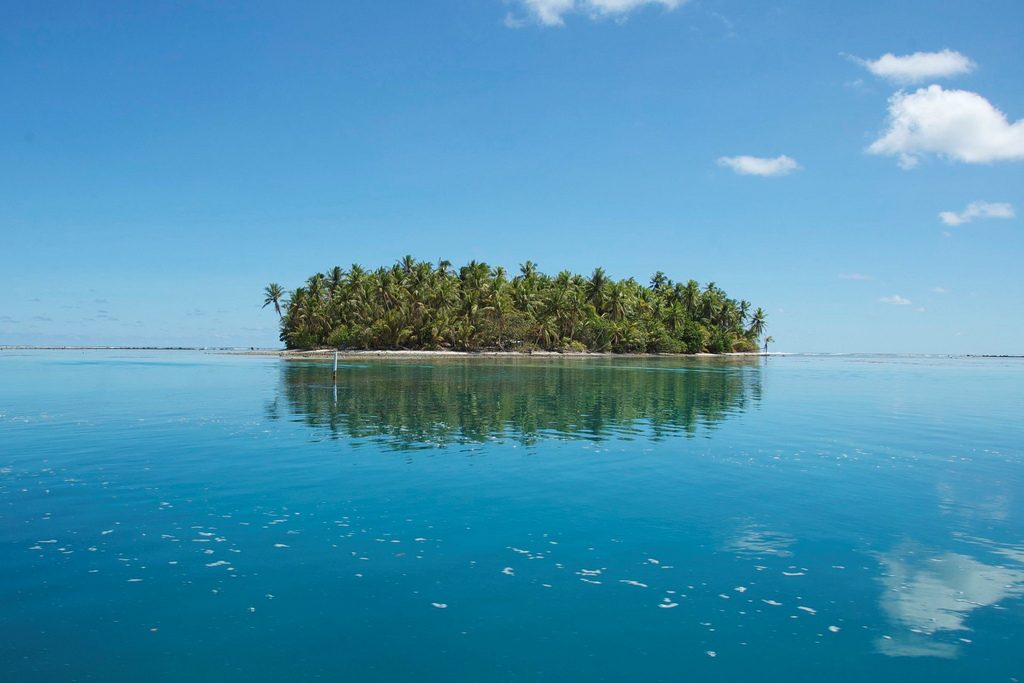Nauru is a small island inhabited by Nauruans, local indigenous people. This tiny piece of land has a surprisingly eventful history…
Top facts about Nauru
- Nauru is a small island state isolated from the rest of the world.
- Local residents are considered to be the thickest in the world. According to statistics, about 95% of the population here has varying degrees of obesity.
- Nauru has no capital.
- Only a bit more than 10 thousand people live here.
- The unemployment rate in Nauru is one of the highest in the world, with over 80%.
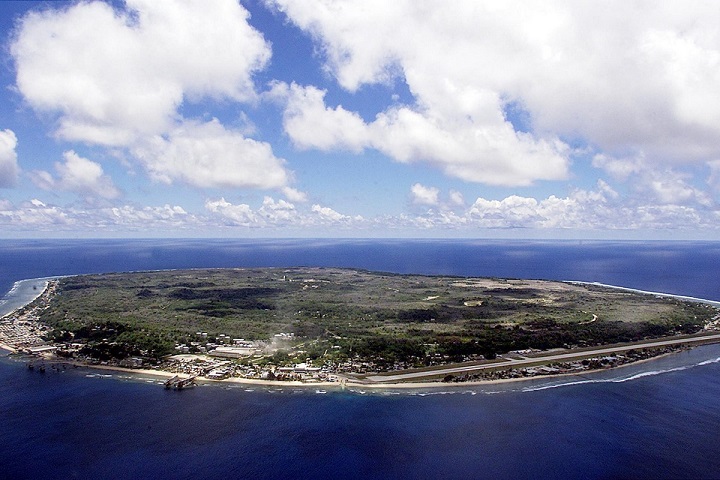
- Nauru land area is about 8.1 sq. miles (21 sq. km) only. Well, at least that’s 10 times larger than Monaco! 🙂
- Almost all goods in Nauru are imported here.
- The island has problems with freshwater, and it is delivered here by tankers from Australia.
- Also, Australia hosts refugee camps here and pays for that.
- Nauru has only two hotels.
- The island is visited by several hundred tourists a year on average.
- Nauru hasn’t any regular passenger services with other countries.
- The Republic of Nauru is the smallest island nation in the world.
- Nauru is also the smallest country outside Europe.
- There are 2 official languages, English and Nauru.
- 90% of locals here are ethnic Nauruans.
- The writing of the Nauruan language is based on the Latin alphabet.
- About 90% of the forest on Nauru had been cut down during the 80s as a result of active mining of the phosphate rock.
- 80% of Nauru’s territory is a lifeless wasteland nowadays.
- During the 80s of the last century, while the above-mentioned phosphorites were actively mined, the Republic of Nauru was one of the richest countries in the world.
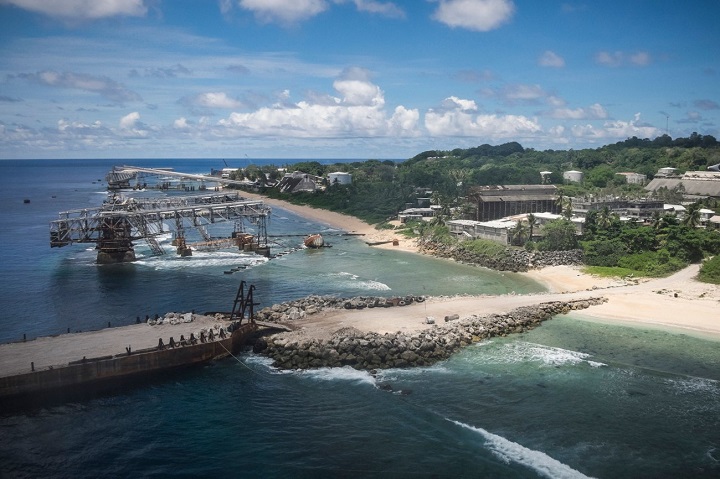
- Over the next decade, Nauru set a record by moving from the first world to the third world in record time.
- Nauru has two fishing vessels. Yep, only two 🙂
- The total length of roads in Nauru is lesser than 25 miles (40 km).
- Nauru has an airport and its own airline, which owns two old “Boeings”.
- There’s a railroad here, but its length is 1.8 miles (3.9 km) only, and it’s abandoned.
- Nauru doesn’t have any public transport.
- There’s only one radio station on the island.
- Nauru got access to the Internet in 1998.
- Education is free of charge here. However, local youth prefer to go to Australia to get an education.
- The island doesn’t have its own higher education institutions, but there is a branch of the University of the South Pacific, where people can study in absentia.
